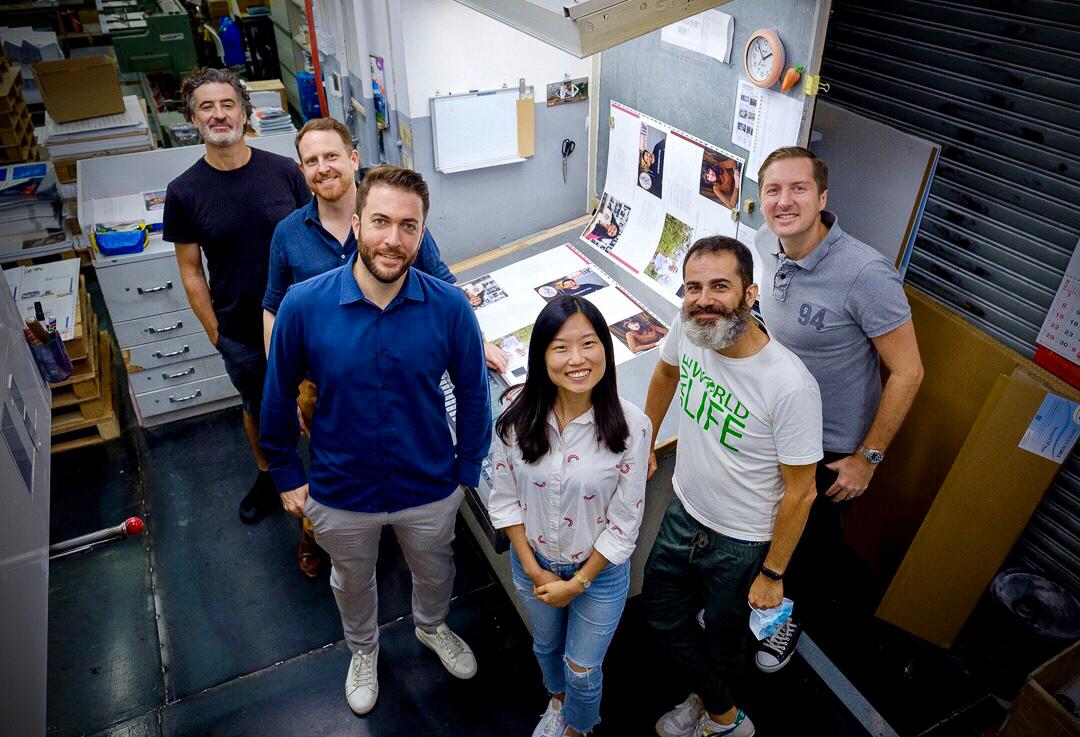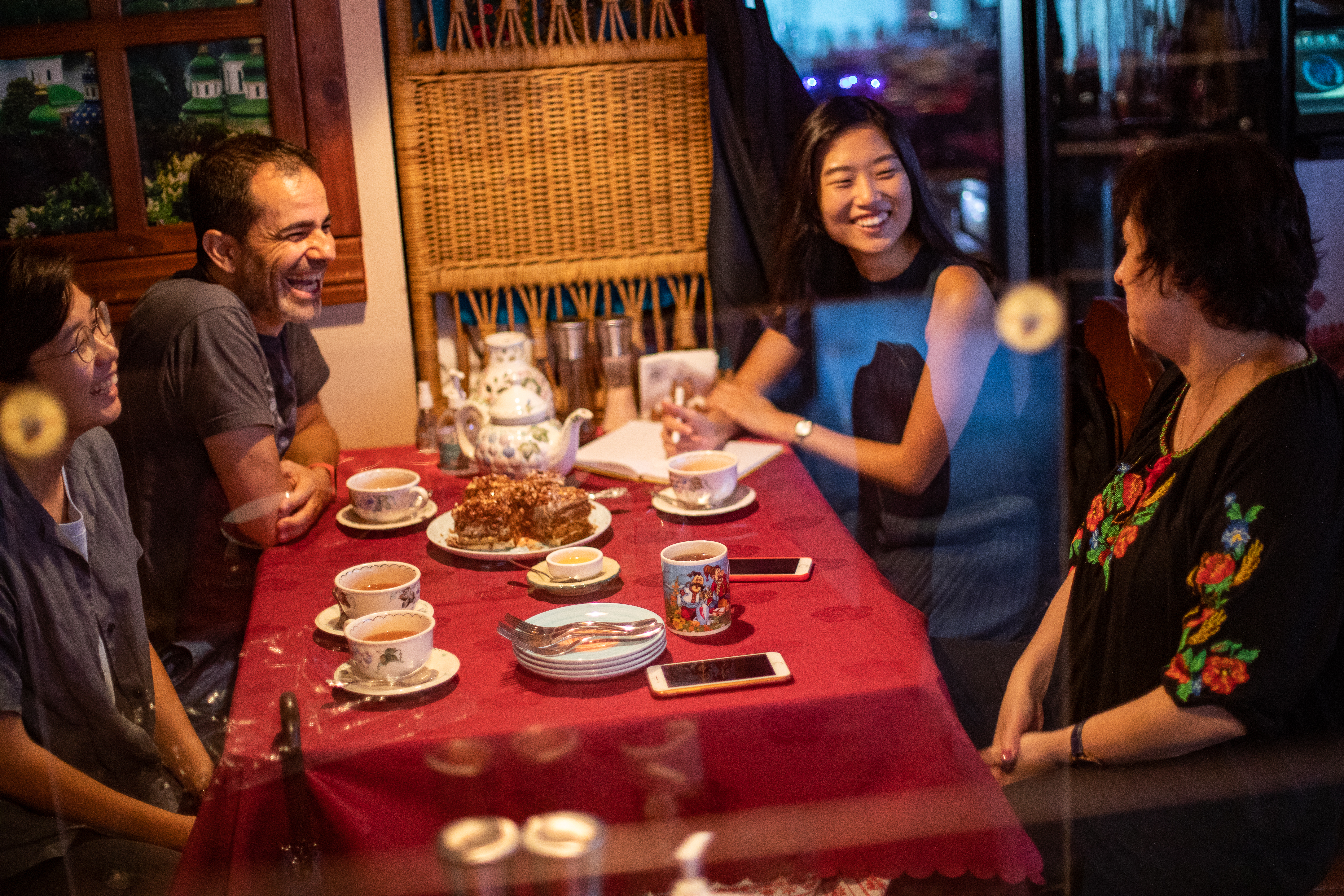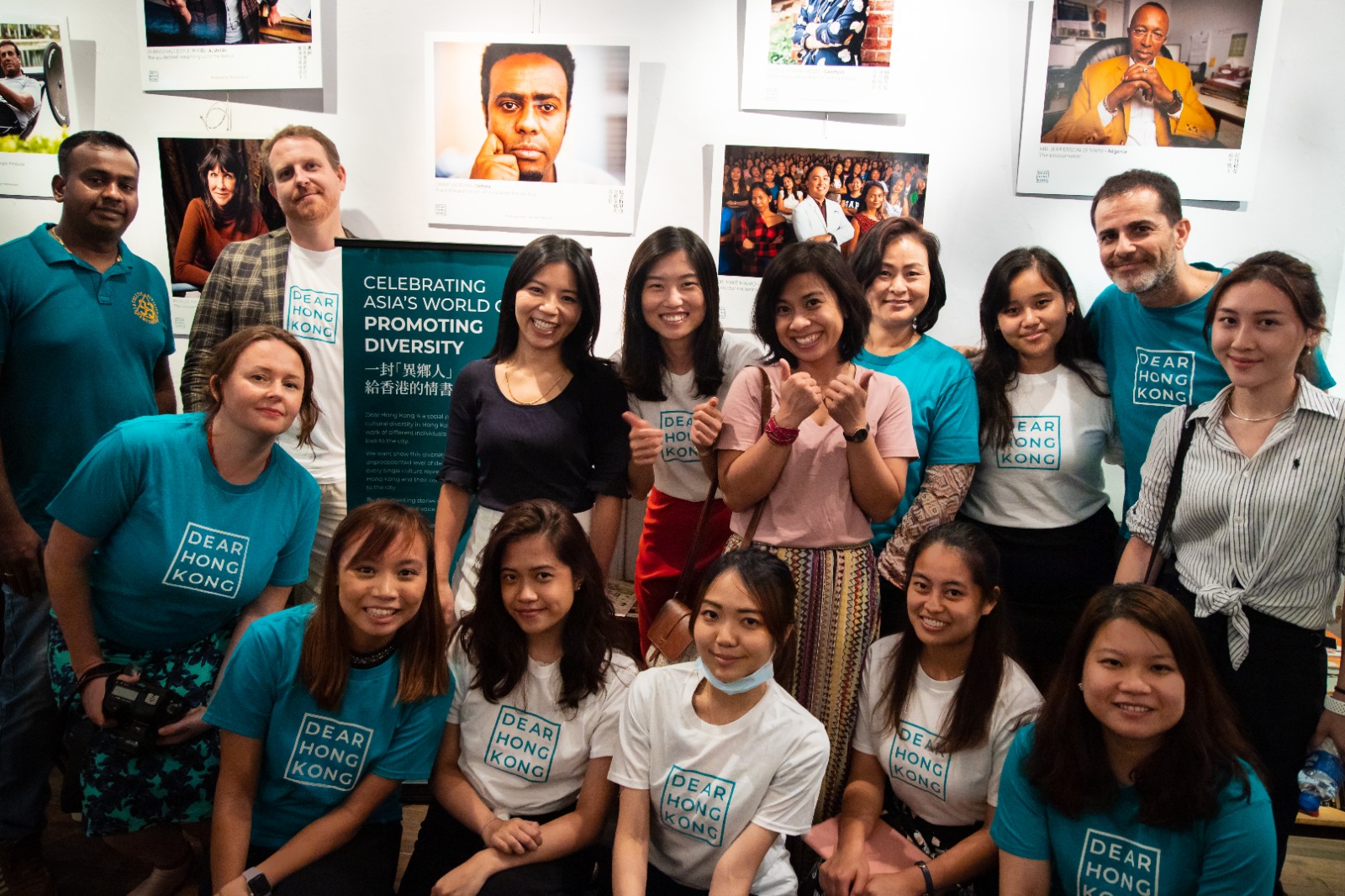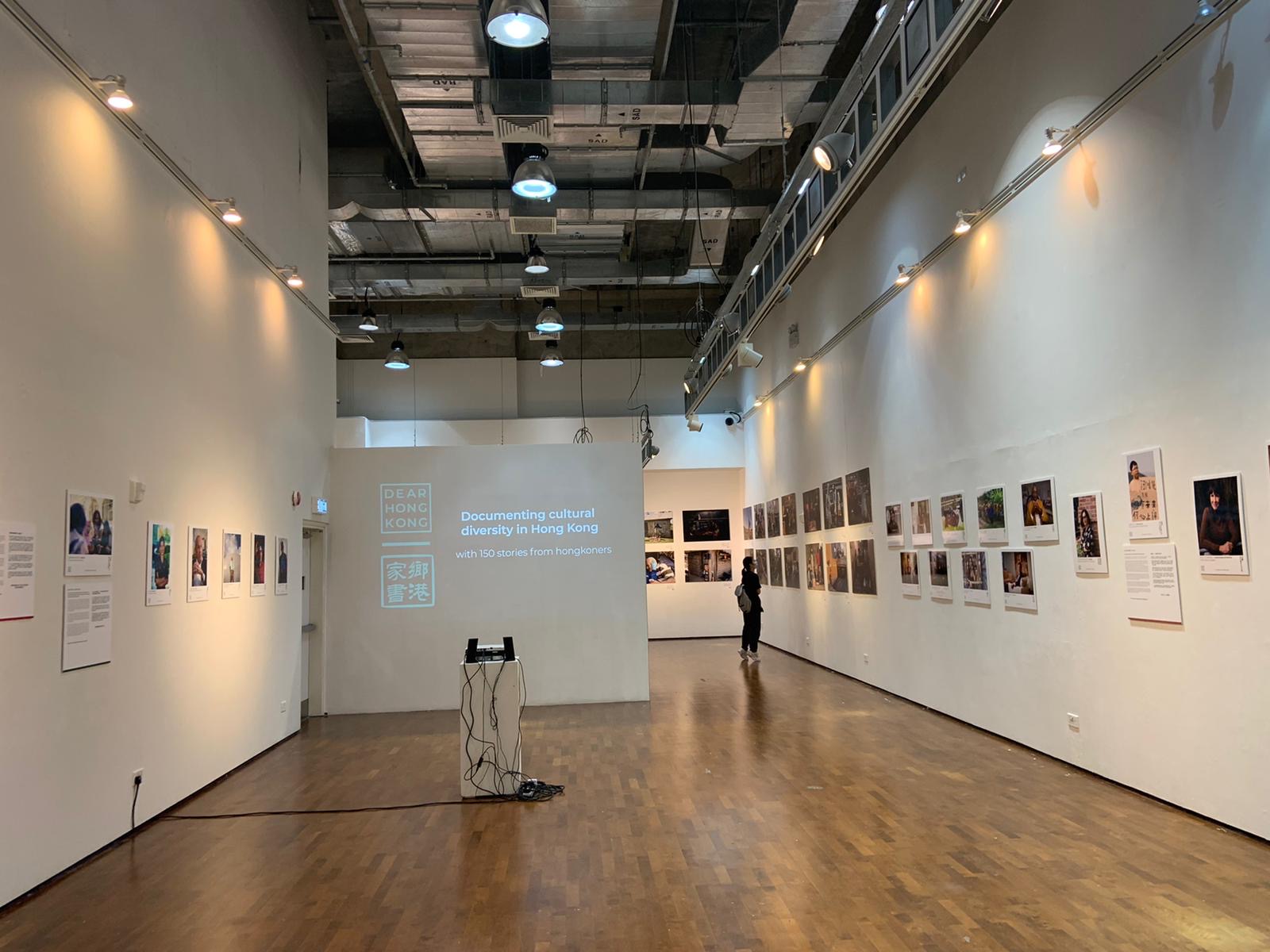Meet Dear Hong Kong – a love letter to cultural diversity in the city

A few minutes every morning is all you need.
Stay up to date on the world's Headlines and Human Stories. It's fun, it's factual, it's fluff-free.
Dear Hong Kong is made up of 200 pages of photos featuring multicultural, inspirational people living in Hong Kong. Each subject hails from another country and has contributed to the city in one significant way or another. The project aims to educate residents about the cultural diversity within Hong Kong and hopefully smash negative or xenophobic stereotypes.
The team has six core values: multiculturality, diversity, art, inspiration, breaking stereotypes and stories. Dear Hong Kong brings multiculturality to life by making an inventory of how many nationalities live in the city. They embody diversity by elevating different voices from different backgrounds. The art of the project lies in its beautiful photography. They break stereotypes by shifting the narrative of minorities in the region. It’s all about sharing those stories.
TMS caught up with Oskar Valles, the self-described “dream architect" of Dear Hong Kong. Read on to hear what he had to say about educating the city about its own multicultural wealth via art.
Oskar Valles, the “dream architect," and Hong Kong

Valles has lived in Hong Kong for almost a decade, and now he’s giving back to the city he calls his home. His past work with ethnic minorities organizations instilled in him the belief that all humans are one, irrespective of race, class, religion or, as he says on the Dear Hong Kong website, “any other excuses people sometimes use to separate themselves from others." But, after living in the city for some time, Valles loves its people above everything else.
“I realized that there was something to be done in Hong Kong," says Valles. “I resonated a lot with the theme of diversity and how people were not really exposed to the richness of the diversity in the city. So I decided to start a project to help do something about that and also have fun on the way. I love meeting people. So the idea of interviewing people from all of the countries in the world was very attractive."
Dear Hong Kong doesn’t have an internal hierarchy. It’s all about collaboration. That’s why Valles describes his role as that of the dream architect.
“The name dream architect was just to not to show any roles because the organization is very flat. I didn’t want people to feel like, ‘We’re working for something that you have done.’ So, from the very beginning, I wanted to have this idea of a team of people working for this – people who like this idea and want to make a difference."
Finding people for the Dear Hong Kong project

The team at Dear Hong Kong looks for various things when choosing a person to interview. Valles asks a specific question to find inspiring stories.
“‘Who is the most inspiring person that you know in Hong Kong?'" says Valles. “Once we get one inspiring person backed up by other people, we try to find their story. Usually the people open up and share some intimate stories of their lives."
When it comes to the actual interview, the team tries to find whatever moves them. But getting strangers to open up their hearts to artists can prove challenging. Valles and the team begin with a relaxed interview setting. From there, he says, it’s all about being present.
“I think that was the key for us," says Valles. “I had experience in journalism, but when you’re just being present and actively listening, then people will feel comfortable. And when we show interest in their story, it’s a very special moment.
“We actually became friends with almost all of the people that we interviewed, and I personally wanted to stay longer. This guy from Eritrea in the Horn of Africa and his story was very touching. He was imprisoned, and he escaped from the prison and escaped from his country. He had a baby back home. It was a very intense story. And the way he shared that was really powerful because he was super positive about his circumstances."
What’s next for Dear Hong Kong?

Valles has several ideas about where the project could go from here. He hopes to distribute the book throughout Hong Kong’s educational system to encourage discussions about diversity and inclusion in the classroom. The team is currently developing an app that will host the book in addition to an educational guide. It’s meant to be an accompanying feature for teachers to use in their classrooms.
Dear Hong Kong regularly organizes exhibitions in locations like libraries and universities for those living in the city. For example, they recently had an exhibition in the Hong Kong Cultural Center.
“The response has been very positive because people were amazed, like, ‘We didn’t know about this. How come we don’t know?'" says Valles. “Maybe they knew about some of the companies the people in the project have created. Because these people have started NGOs that have done a lot of things for the city. They know about what they have done, but they don’t know about their own stories. So the response has been very positive and quite shocking."




Comments ()